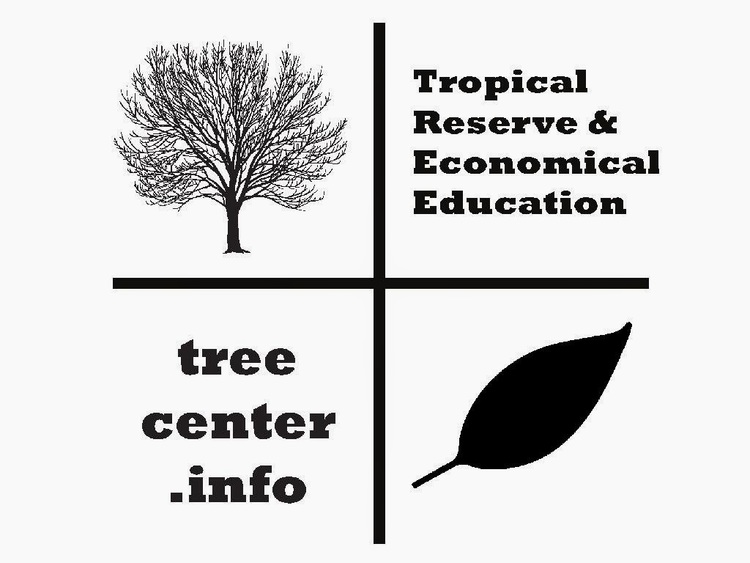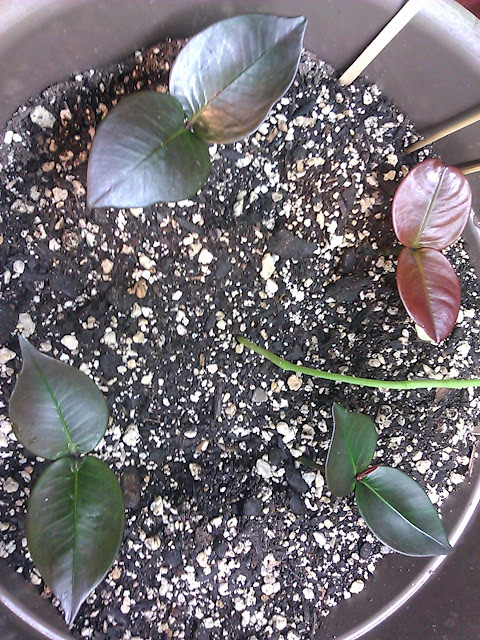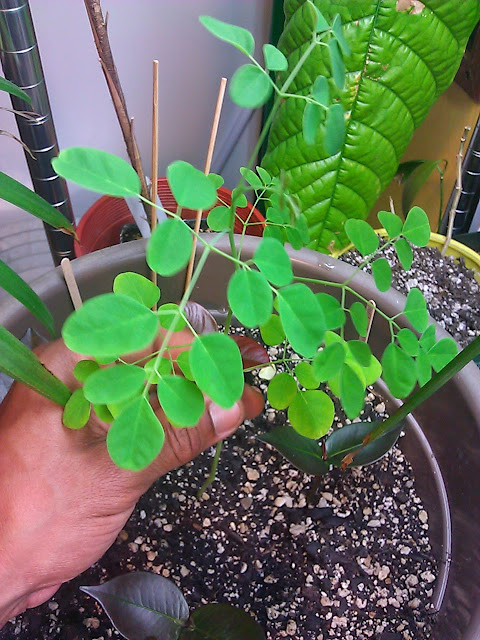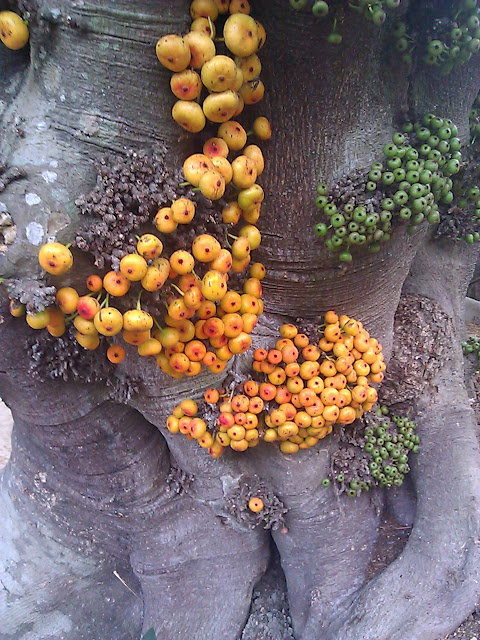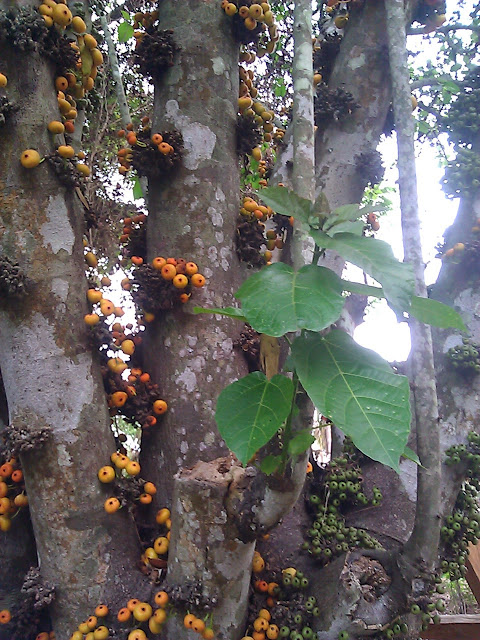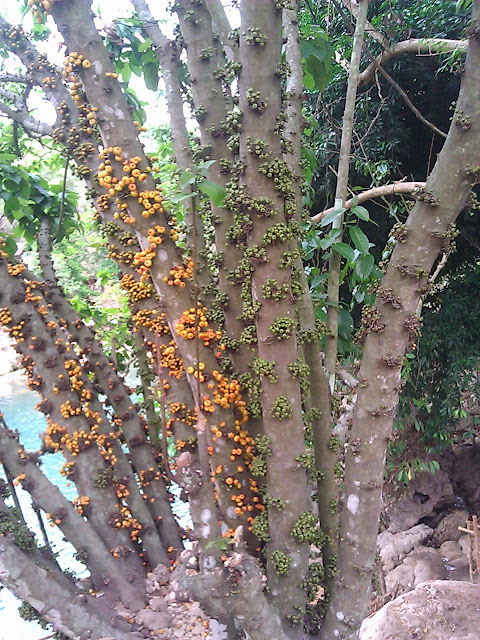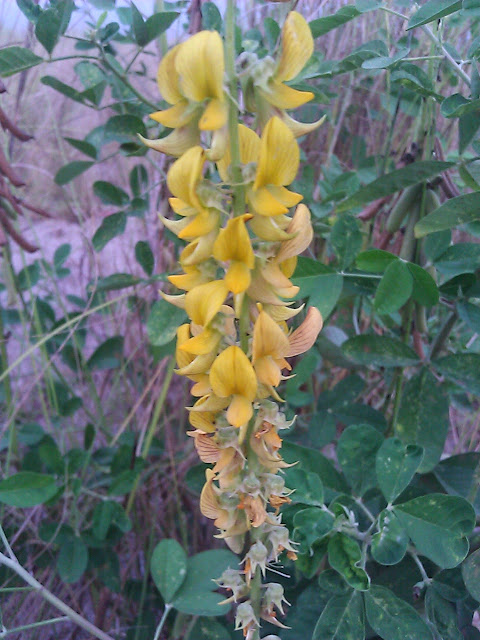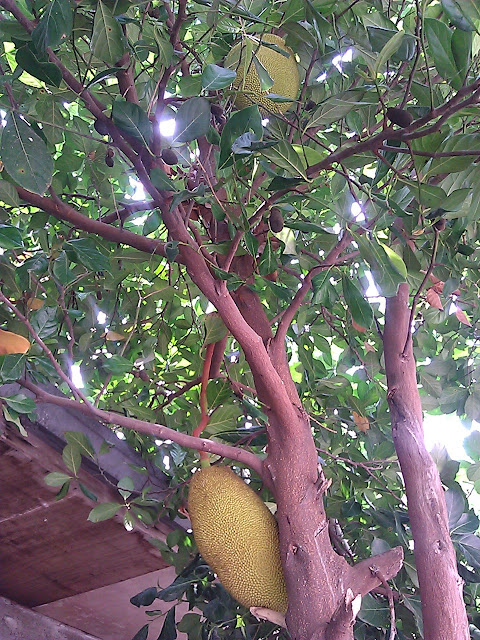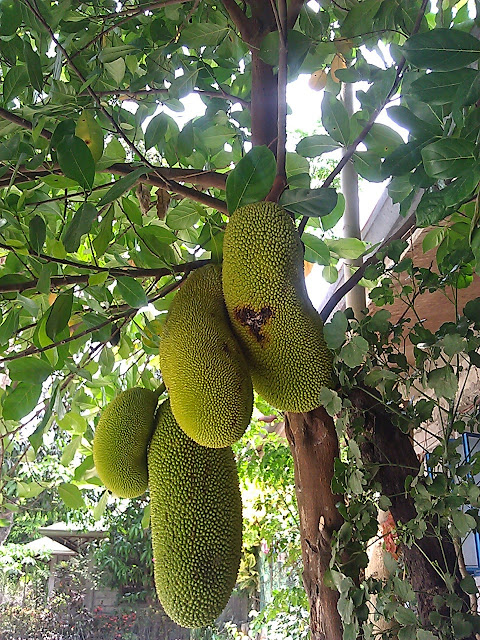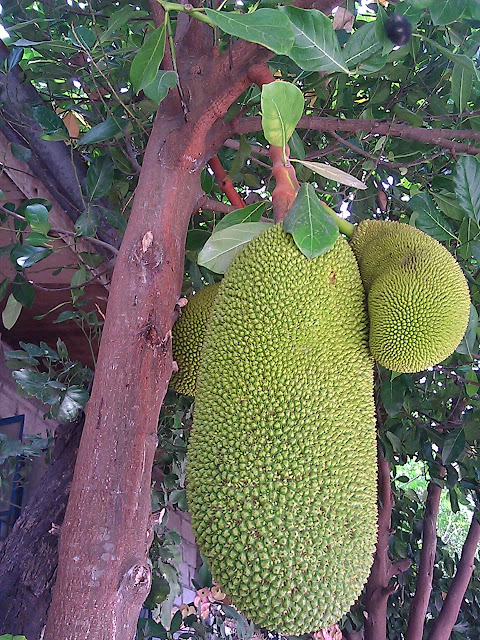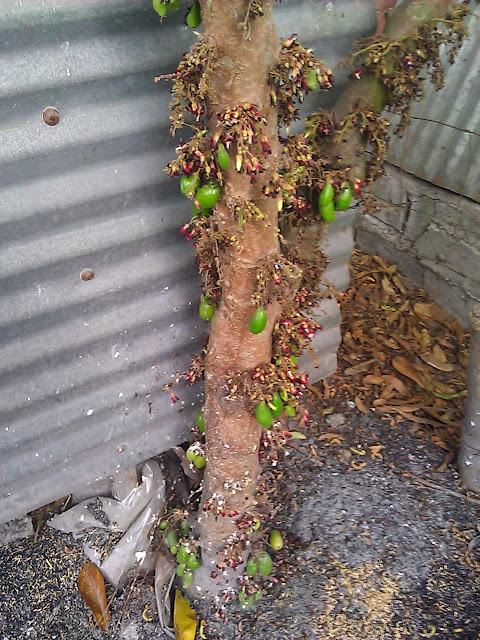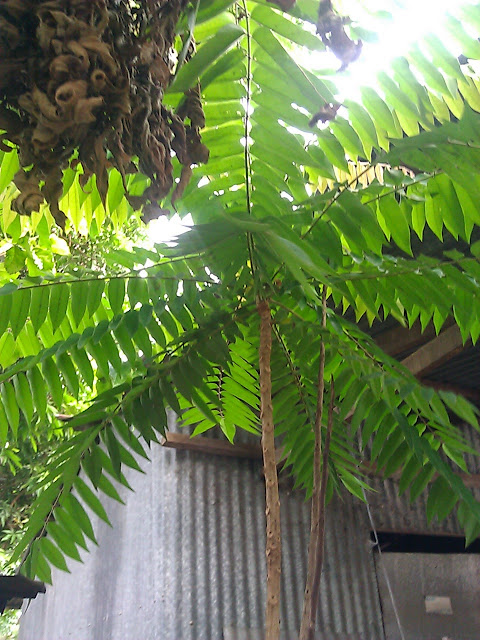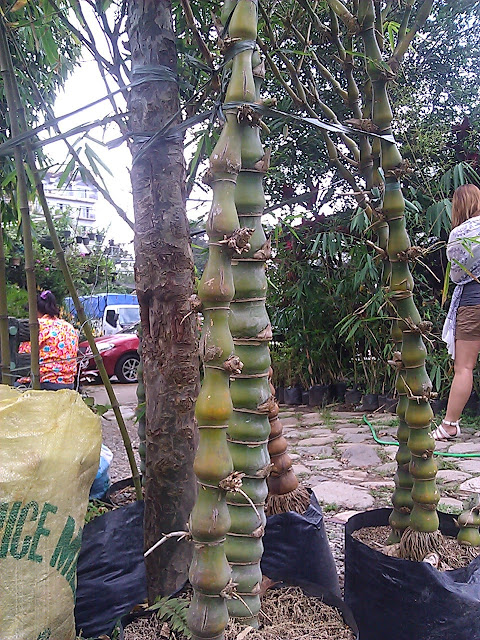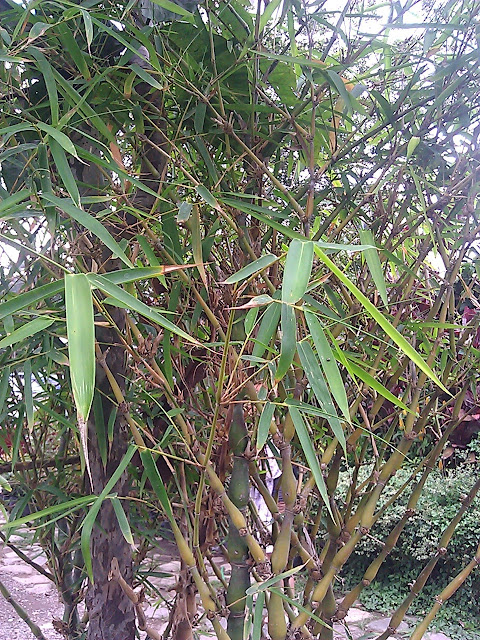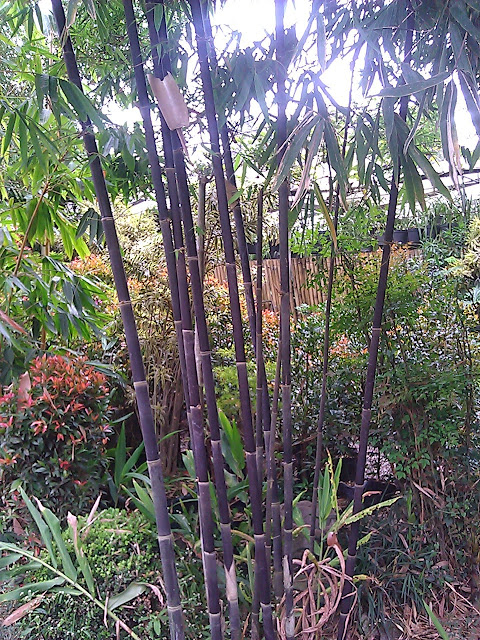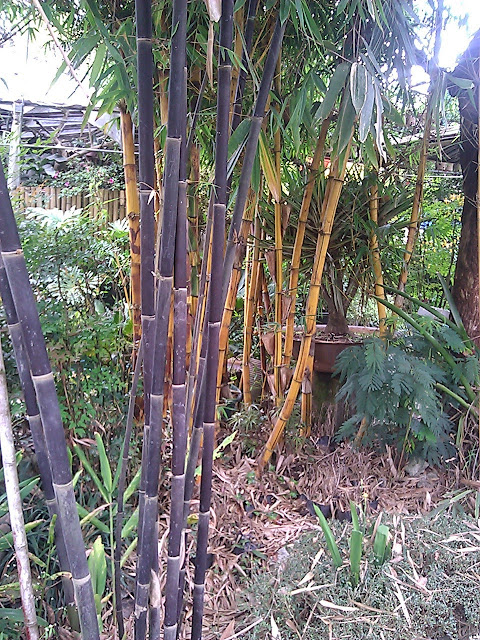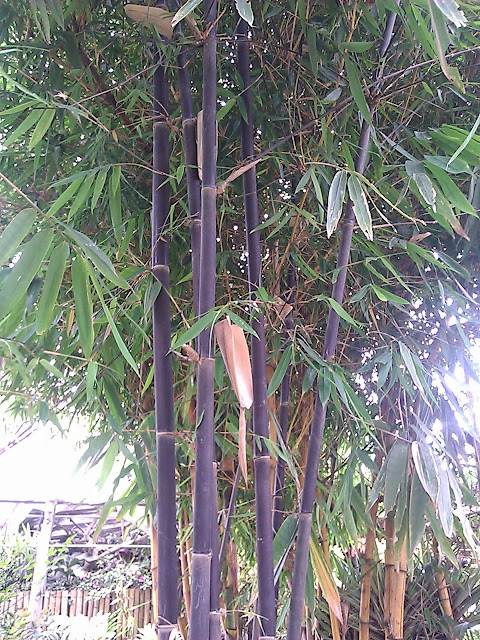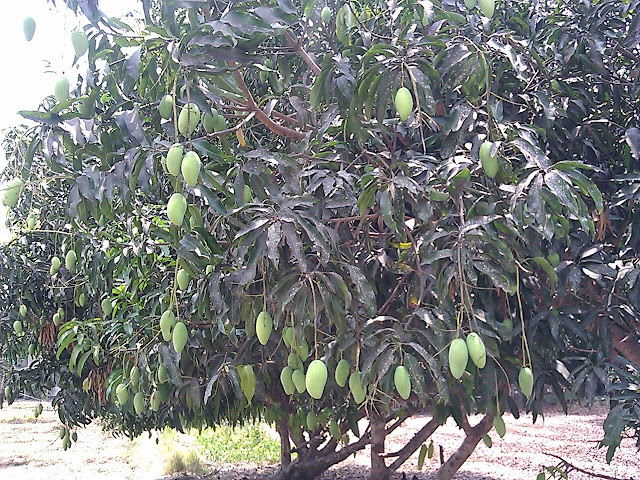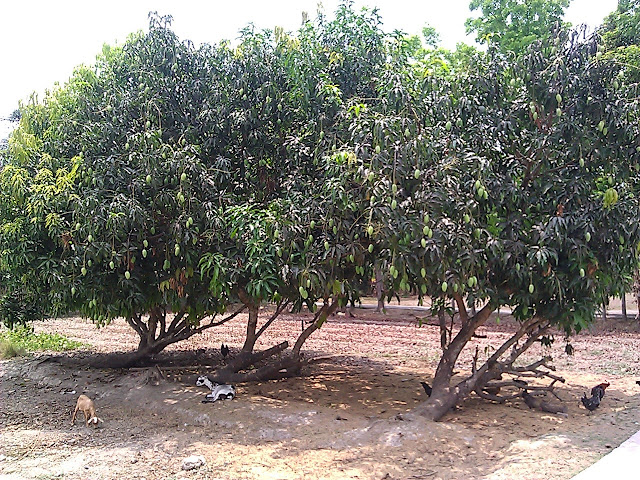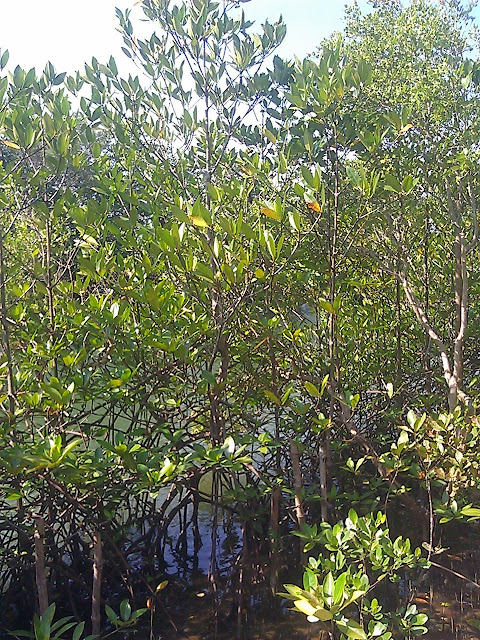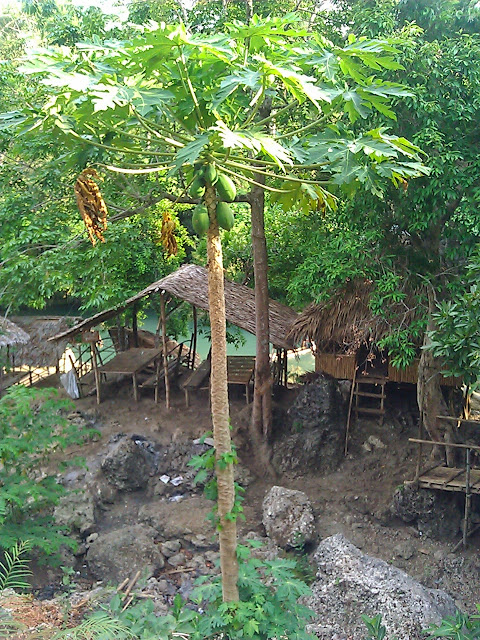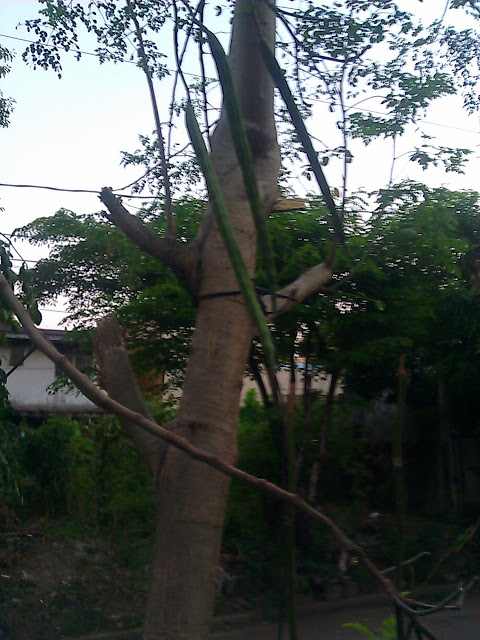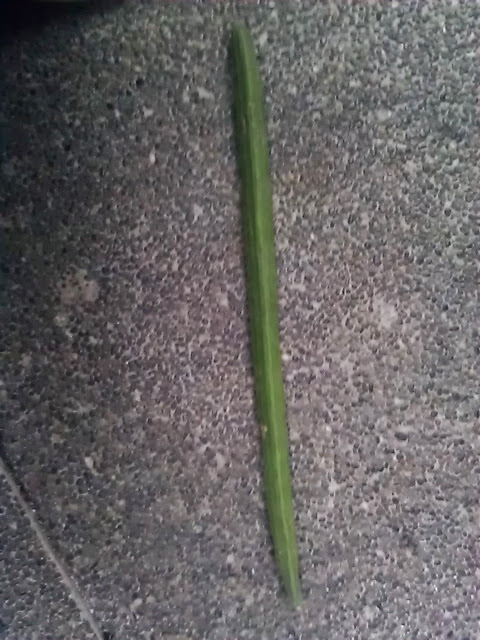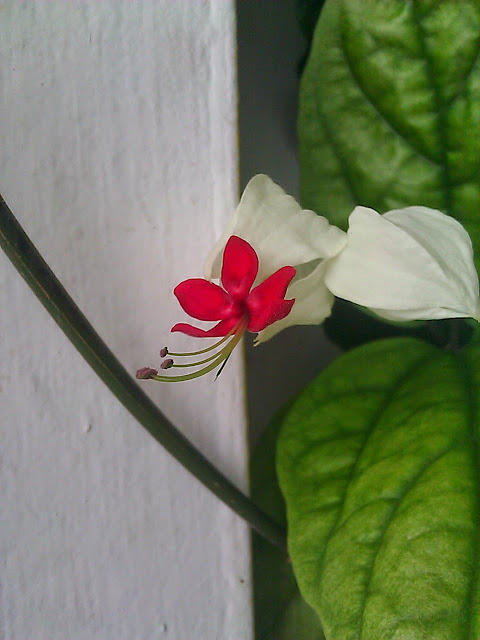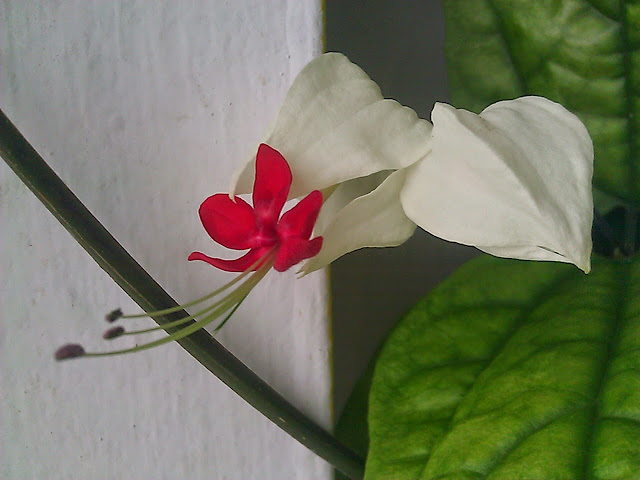Why We Do What We Do Everyday.
Pest Management
I would love for the title to read Integrated pest management but it's been difficult to keep up with all my other responsibilities including the several new species from the Philippines and attempting to cultivate them in such an adverse environment. Our main issue right now is lack of humidity not allowing a lot of our plants to grow at their optimum strength and with vigor. The cacao and lanzones require lots of humidity and moisture and react with obvious leaf markings and defoliation. Heated mats help with that as well as trays with water left in them. For the Lanzones we had to add a makeshift greenhouse cover by using a zip lock bag as a roof to keep moisture in and heated pad under to evaporate moisture faster.
Newly Found in the Wild: Australian Finger Lime
Citrus australasica, the Australian Finger Lime is a sub tropical small tree/large bush recently found in the wilderness of Australia. Had many of the same characteristics of Mexican key limes with their thorns and small leaves. Typically found in the under story, but can tolerate direct full sun it produces a 1 to 3 inch fruit resembling a finger, so they say. I think they look like nothing else seen before unless you have imagined an elongated/stretched out lemon or lime and smells like sweet limes, bringing me memories of tropical skittles candies.
Definitely interesting and another reason to conserve, research and pass along knowledge of what exists and what hasn't yet been found on our Earth.
Our tree has naturally aborted singe of its fruit a bit early in the season. The reason is probably either too much fruit at such an early age (3-4 years old grafted) or the fact that it was getting so much sun (8-9 hours) in its previous location. More attention to its watering schedule and relocation will help support a successful harvest when the rest of the fruits fully ripen.
Check out the taste and feel of the popping caviar style vesicles on the Australian Fingerlime fruit. All Thanks to Mother Nature.
Lady Bug Inspection
At the Tropical Reserve & Economical Education center we are proud to work with those in our community no matter where they come from.
Here this lone lady bug is inspecting our Plumerias and snacking on over populating detrimental insects. That's a mutually beneficial relationship. Thank you lady bugs (beneficial insects) of the world.
Survivors From the Philippines
Some of our prized surviving specimen from our recent trip to the Philippines. Four Mangosteen seedlings including 3 more we discovered underground, which have started to sprout, but have yet to break the surface. We still don't know how healthy those may be since they are so delayed in comparison to other seedlings that were planted at the same time, but we will give them all the time they need. We would love to see them all survive and thrive.
Also below we have attached pictures of one of our two surviving Moringa oleifera seedlings. The rest were donated and gifted to some of our Filipino friends here in the states who know of their power and uses. The Moringa leaves are some of the most nutritious in the plant kingdom that have been found to date. Filipino people put these thin, light flavored leaves in many of their soups. The Moringa is one of those plants that had got it's own foundation and Web sites focused on it's potential ability to turn around the state of nutrition deprived communities around the world. It also grows well in almost any environment that can keep it's temperatures above freezing. More pictures and news to come...
Here is a National Public Radio's (NPR): Science Fridays Video - Goat Brigade: Preventing Wildfires...
The Goat Brigade: Preventing Wildfires in Southern California. Thank you NPR! We love your Friday show.
Unidentified Fruit Tree
Identifying the Unknown Species
Identifying the Unknown Species
Durian aka Langka
Kamias - Sour Power
Interesting Bamboos
Representing the Philippines is: The Mango Tree
Mangroves
Tall Lanky Papaya
Moringa Tree & Pods
Tropical Fruits of the Philippines
Oh My Bleeding Heart!
San Francisco Flower & Garden Show March 19-23, 2014
 |
| Bean Art |
 |
| Small scale simple compost |
 |
| Collection of some of the beans collected from all around the world. |
There's some great seminars lined up with inspirational speakers like the Botanical Explorer Joseph Silcox and his brother Patrick Simcox as they recount their stories and journey's throughout the world searching for historic, rare and endangered edible plants. You can also catch them at the Baker Creek Heirloom seeds booth. They are giving away fresh heirloom seeds, rare seeds, books and other resources and make sure you grab the limited edition 2014 Baker Creek Seed Catalog. Just behind them you will also see a smaller, but just as awesome booth to the right of Baker Creek where a gentleman sells seedlings of Mangoes, Moringa, Tamarind, Cherimoya, among others. That's all just one corner of the 2014 SF Flower& Garden Show..
We at the TREE center have had the pleasure of nurturing over 500 Neem seeds fresh from India in the last couple of weeks as well as over two dozen Philippines mangoes as we prepare for our trip there in April 2014, but always have time for all the action at the 2014 SF Flower & garden show. You too can have it all in exchange for $20 (U.S.) Entrance, $15 9 9U.S.) after 3pm and $12 (U.S.) for parking.

 |
| Wattles being used for urban gardening. Plant anywhere. |
 |
| Beautiful baby powder scent from purple flowers / Flores morada con olor a polvo de niño |
 |
| Vertical gardening continues to be popular |
 |
| Some of the seeds we were blessed with / Las semillas gratis |
 |
 |
| Black Corn with cotton / Maiz negro con el elgodon |
 |
| Natural dark blue Cotton seed / Semilla de algodon tinta azul natural |
